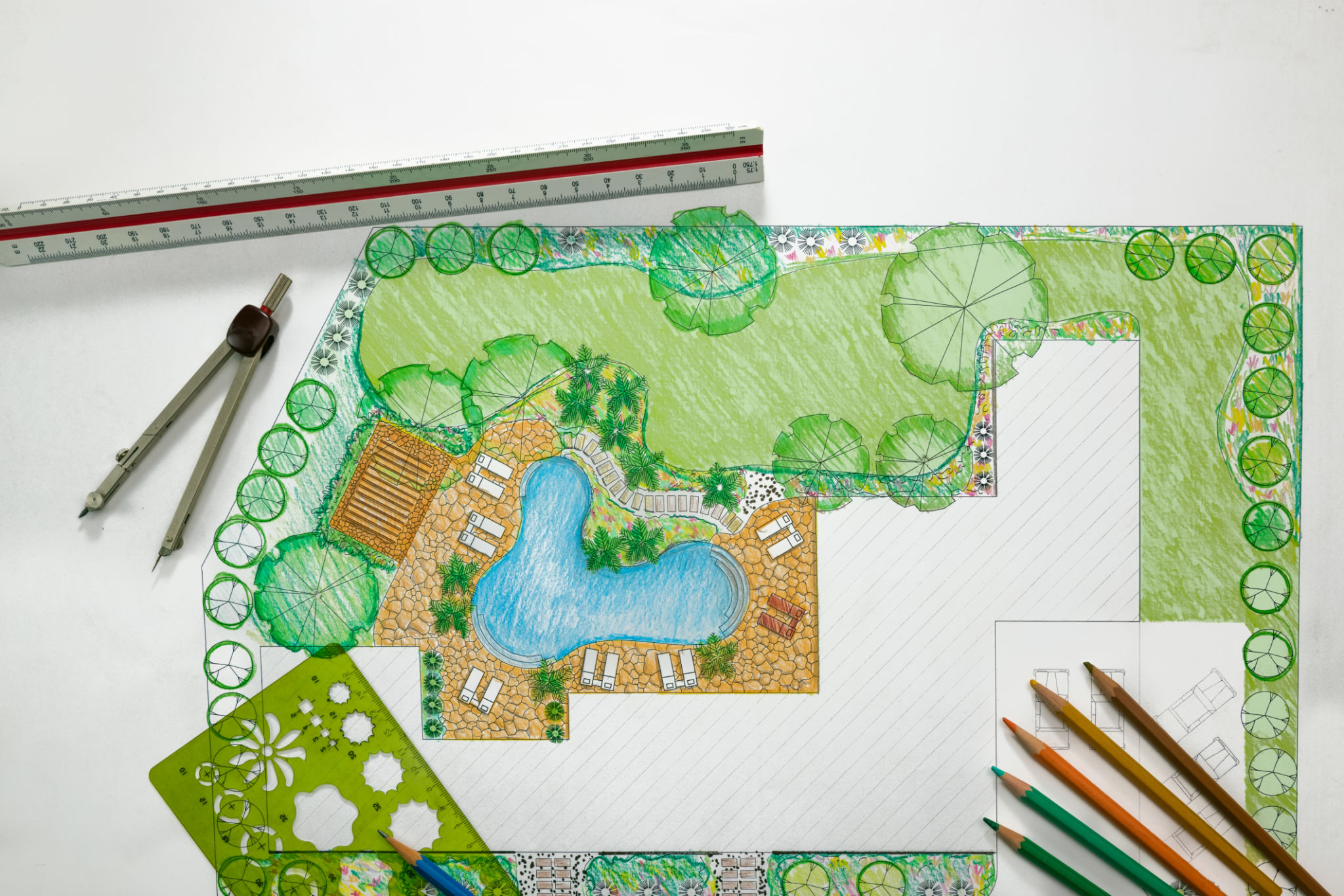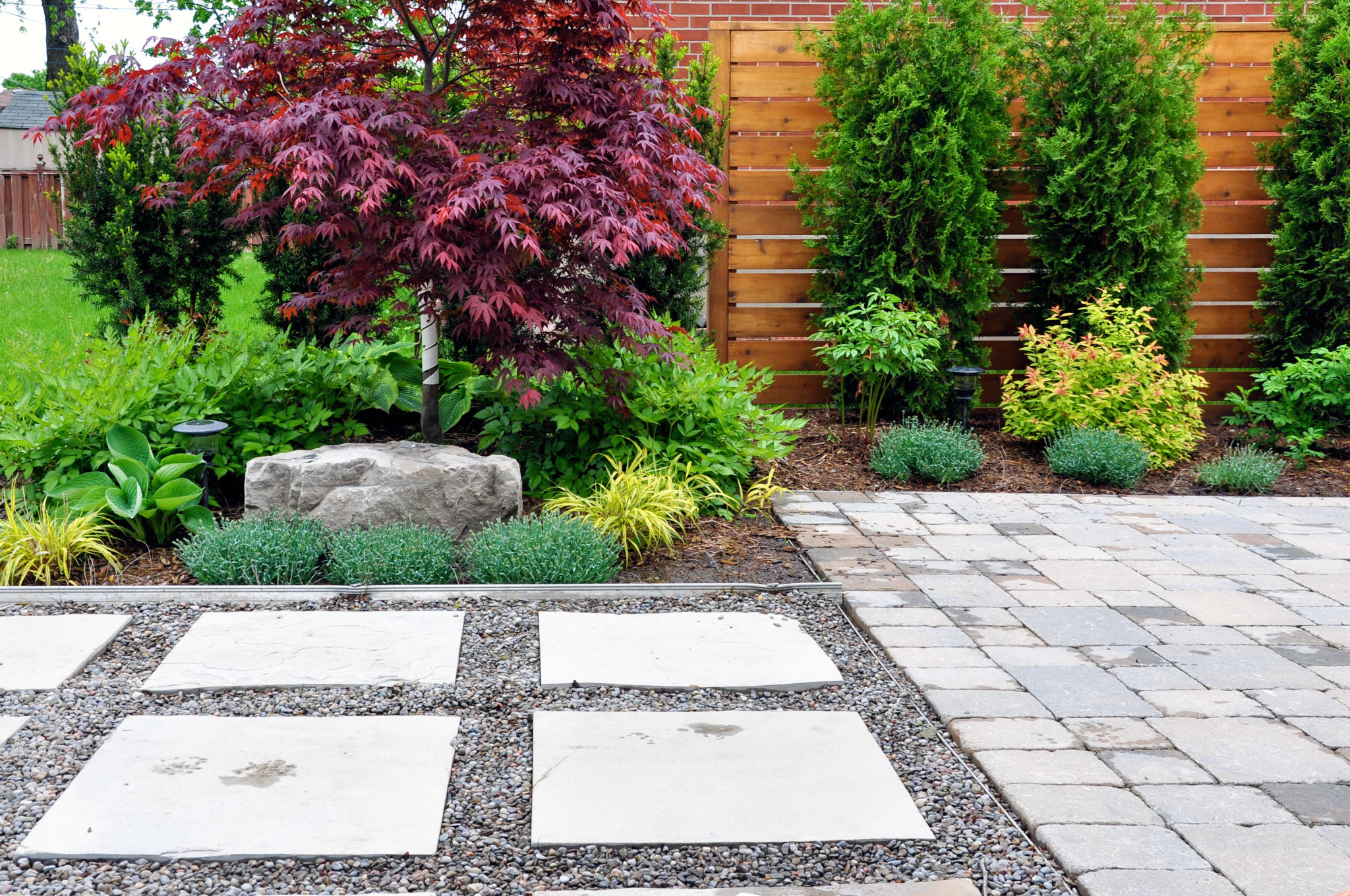Transforming Your Backyard: Landscaping Ideas for Australian Homes
Understanding Your Space
Transforming your backyard into a stunning landscape requires more than just a keen eye for design. It begins with understanding the unique characteristics of your space. Consider the size, shape, and soil quality of your backyard. These factors will influence the types of plants that will thrive and how you can use different elements to enhance your outdoor area. A well-planned layout can turn even the smallest of yards into a lush oasis.

Choosing Native Plants
One of the best ways to create a sustainable and low-maintenance garden is by choosing native Australian plants. These plants are adapted to the local climate, making them more resilient to the weather conditions and less reliant on additional watering. Popular choices include kangaroo paw, waratah, and banksias. By incorporating native flora, you not only support local wildlife but also ensure that your garden remains vibrant throughout the year.
Incorporating Water Features
Adding a water feature can significantly enhance the tranquility of your backyard. Whether it's a small pond, a cascading waterfall, or a simple birdbath, water elements introduce a calming effect and attract wildlife. When planning for water features, consider the available space and maintenance requirements. A well-placed water feature can become the focal point of your garden, offering a serene escape from the hustle and bustle of daily life.

Creating Functional Spaces
Your backyard should be an extension of your home—a place where you can relax, entertain, and enjoy nature. To achieve this, divide your outdoor space into functional areas. Consider having a patio or deck for outdoor dining, a grassy area for children or pets to play, and a secluded corner for reading or meditation. By clearly defining these zones, you can maximize the usability of your backyard.
Enhancing with Lighting
Outdoor lighting plays a crucial role in transforming your backyard into an inviting space after dark. Use a combination of ambient, task, and accent lighting to highlight key areas and features in your garden. Solar-powered lights are an eco-friendly option that can be easily installed along pathways or around seating areas.

Adding Edible Elements
Incorporating edible plants into your landscape design is both practical and rewarding. Consider creating a small herb garden or planting fruit trees like lemon or orange, which thrive in the Australian climate. Raised garden beds can also be used for growing vegetables, providing fresh produce right from your backyard while adding texture and color to your landscape.
Using Hardscaping Elements
Hardscaping involves using non-plant elements like stones, pavers, and wood to add structure and contrast to your garden. Paths made from natural stone can guide visitors through the garden, while retaining walls can help manage slopes and create raised planting beds. These elements not only enhance visual interest but also add functionality to your outdoor space.

Embracing Sustainable Practices
Sustainability should be at the core of your landscaping efforts. Implementing rainwater harvesting systems, using mulches to retain soil moisture, and composting organic waste contribute to an eco-friendly garden. By adopting these practices, you reduce your environmental footprint while creating a healthier landscape.
Conclusion
Transforming your backyard into a beautiful and functional space is a rewarding endeavor that enhances both your property's value and your quality of life. By understanding the unique aspects of your yard and incorporating thoughtful design elements, you can create an outdoor retreat that reflects your personal style while embracing the natural beauty of Australia.
